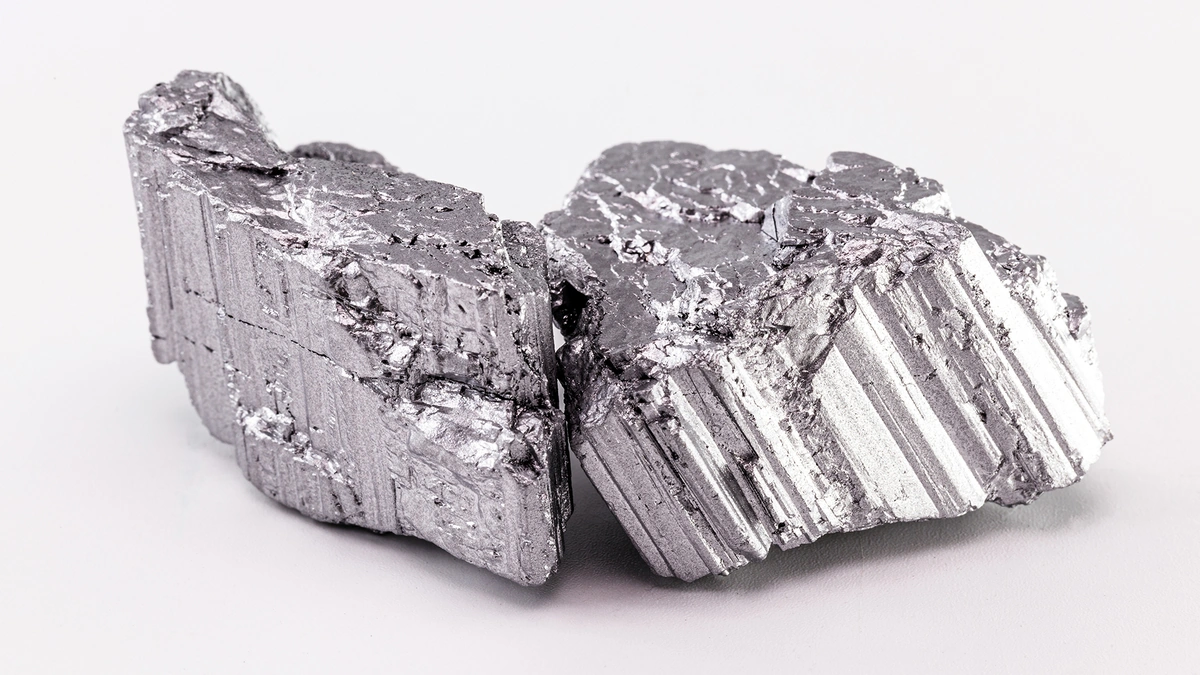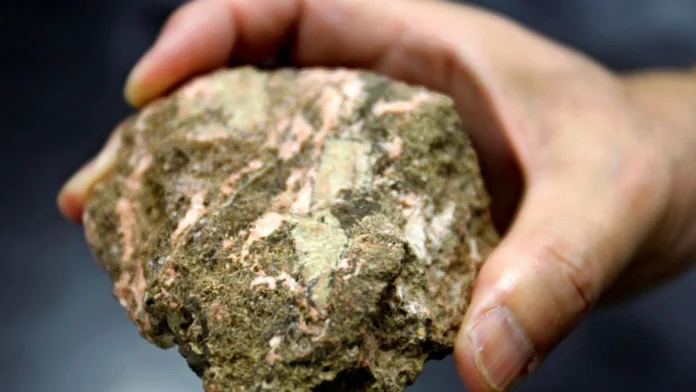Okay, let’s be honest. When you hear about market plunges and China threatening export restrictions , especially involving something called rare earth minerals , your eyes probably glaze over. It sounds… complicated. But here’s the thing: this isn’t some abstract economic event. This is something that could seriously impact everything from your phone to electric vehicles, and even India’s strategic independence. So, let’s break it down. I promise to make it as painless as possible.
The news is that China, a dominant player in the rare earth elements market, is hinting at limiting exports. This isn’t the first time they’ve done this, and each time, it sends shivers down the spines of industries worldwide. But why does this matter so much? And how could it affect you, sitting there in India, possibly sipping chai?
The “Why”: Rare Earth Minerals and Strategic Dependence

Rare earth minerals aren’t actually that rare geologically. They’re just difficult and expensive to extract and refine. China, over the past few decades, has become the world leader in this industry, controlling a vast majority of the global supply chain. This has given them significant leverage, a leverage they’ve been willing to use. Let me rephrase that for clarity: they have a near-monopoly, and they know it.
But what makes these minerals so important? Well, they are essential components in a HUGE range of technologies. We’re talking smartphones, wind turbines, electric vehicle batteries, military hardware – you name it. Without a reliable supply of rare earth elements , entire industries grind to a halt. And that’s where the strategic dependence comes in. Countries reliant on China for these materials are vulnerable to political and economic pressure.
India, for example, is heavily reliant on imported rare earth metals . While India has some reserves of its own, its processing capacity is limited. This dependence creates a strategic vulnerability. So, when China threatens export restrictions , it’s not just about economics; it’s about geopolitics.
And speaking of processing, a common mistake I see people make is to only focus on the mining aspect. The real value lies in the refining process, the ability to separate these elements and turn them into usable materials. That’s where China truly excels, and where India needs to catch up. One of the reasons for China’s dominance is its lower environmental standards and cheaper labor costs, which have allowed it to undercut competitors and establish a firm grip on the market. But that’s changing slowly.
The “How” | What Happens Next?
So, what are the likely consequences of China’s threat? Here are a few possibilities, and what they might mean for you:
- Price Hikes: This is almost a certainty. Restricted supply means higher prices for rare earth minerals, which translates to higher costs for everything that uses them. Expect to see prices of electronics, electric vehicles, and other goods increase.
- Supply Chain Disruptions: Companies that rely on Chinese rare earth minerals will scramble to find alternative sources. This could lead to delays in production, shortages, and further price increases.
- Geopolitical Tensions: This move could exacerbate existing tensions between China and other countries, particularly the US and its allies. It could also accelerate efforts to diversify rare earth supply chains.
- Increased Investment in Alternative Sources: This threat will likely spur investment in rare earth mining and processing in other parts of the world, including India. This could be a long-term positive, but it will take time and significant investment.
What fascinates me is how this plays into the larger narrative of global power shifts. China’s control over rare earth elements is a key component of its economic and strategic influence. The question is whether other countries can break free from this dependence and create more resilient supply chains.
India’s Response: A Path to Self-Reliance in Rare Earths
India is acutely aware of its vulnerability in the rare earth sector and is taking steps to address it. The government has announced plans to boost domestic production and processing capacity. This includes:
- Investing in exploration and mining: Encouraging private sector participation in rare earth mining.
- Developing processing technology: Funding research and development to improve extraction and refining techniques.
- Strategic partnerships: Collaborating with other countries to secure access to rare earth supplies.
But let’s be honest: achieving self-reliance in rare earth minerals is a long and challenging process. It requires not just investment but also technological innovation and a supportive regulatory environment. The good news is that India has the potential to become a significant player in the global rare earth market. It has the resources, the talent, and the motivation. What’s needed now is a clear and consistent strategy.
According to a report by the Ministry of Mines, India aims to increase its rare earth production threefold by 2030. This is an ambitious goal, but it reflects the growing recognition of the strategic importance of these materials. As per the guidelines mentioned in the National Mineral Policy 2019, the government is committed to promoting sustainable mining practices and ensuring that the benefits of mineral development accrue to local communities.
Beyond the Headlines: Thinking Long Term about Export Restrictions
The immediate impact of China’s threatened export restrictions may be negative – higher prices, supply chain disruptions. But in the long run, it could be a catalyst for positive change. It could accelerate the development of alternative sources of rare earth minerals , promote technological innovation, and strengthen India’s strategic independence.
I initially thought this was just another economic story, but then I realized it’s much bigger than that. It’s about power, dependence, and the future of technology. It’s about India’s ability to chart its own course in a world increasingly shaped by geopolitical competition. And that, my friend, is something worth paying attention to. The implications for market plunges are pretty significant.
So, the next time you pick up your smartphone or see an electric car whizzing by, remember the story of rare earth minerals . It’s a story about the hidden ingredients that power our modern world, and the complex forces that shape their supply.
FAQ About Rare Earth Minerals
Why are rare earth minerals so important?
They’re essential components in a wide range of technologies, including smartphones, wind turbines, and electric vehicle batteries.
Does India have its own rare earth reserves?
Yes, but its processing capacity is limited, making it reliant on imports.
What impact will this have on rare earth metals?
Expect to see prices of electronics, electric vehicles, and other goods increase.
What is rare earth elements used for?
Used in smartphones, wind turbines, electric vehicle batteries, military hardware – you name it.
What is India doing to secure its supply of rare earth?
The government plans to boost domestic production and processing capacity through investment and strategic partnerships.

